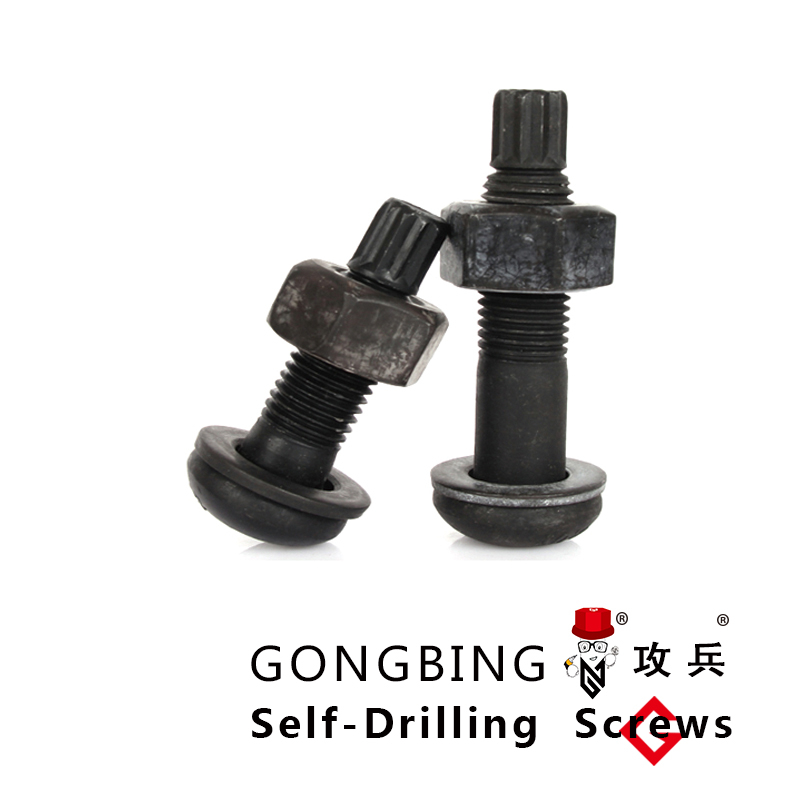Cylindrical Head Self-Drilling Screws for Enhanced Performance in Metal and Wood Applications
Understanding Countersunk Self-Drilling Screws Features, Uses, and Benefits
Introduction
In the world of construction and manufacturing, fasteners play a critical role in ensuring the integrity of assembled structures. Among the various types of fasteners available, countersunk self-drilling screws have gained significant popularity due to their unique design and versatility. This article explores the features, uses, and benefits of countersunk self-drilling screws, providing a comprehensive understanding of why they are a preferred choice for many applications.
What are Countersunk Self-Drilling Screws?
Countersunk self-drilling screws are specialized fasteners designed with a conical head that enables them to sit flush with the surface of the material they are being driven into. This feature is particularly valued in applications where a smooth finish is desired. Additionally, these screws are equipped with a sharp drill point that allows them to create their own pilot hole as they are driven into the material, eliminating the need for pre-drilling. This combination of features makes them efficient and convenient for various projects.
Key Features
1. Countersunk Head Design The primary characteristic of countersunk self-drilling screws is their unique head shape. This design allows the screw to sink into the material, providing a neat and professional appearance. The countersunk head is often used in metal-to-metal and wood-to-metal applications to improve aesthetics and reduce snagging.
2. Self-Drilling Point The self-drilling capability is another significant feature. The pointed tip is engineered to cut through materials like steel, aluminum, or wood without the need for a pre-drilled hole. This feature not only saves time during installation but also reduces the risk of material damage that can occur with traditional drilling methods.
3. Variety of Coatings Countersunk self-drilling screws come in various coatings, such as galvanization, which improves corrosion resistance. This makes them suitable for both indoor and outdoor applications, especially in environments where moisture and rust are concerns.
4. Material Composition These screws are often made from high-strength materials like stainless steel or carbon steel, ensuring durability and reliability under different conditions. The choice of material affects the screw's load-bearing capacity and overall performance.
Common Uses
countersunk self drilling screws

Countersunk self-drilling screws find applications in a wide range of industries due to their versatile nature. Some common uses include
- Construction They are frequently used in framing, metal stud installations, and attaching metal sheets to wooden or metal structures. - HVAC systems These screws play an essential role in the assembly of ducts, air handlers, and other HVAC components, providing secure and effective fastening. - Automotive In the automotive industry, countersunk self-drilling screws are employed in the assembly of body panels and other components, ensuring a sleek and integrated look. - Furniture Manufacturing These screws are commonly used in assembling different types of furniture, where a clean finish is crucial.
Benefits
The usage of countersunk self-drilling screws presents numerous benefits for both professionals and DIY enthusiasts
1. Efficiency The self-drilling aspect significantly speeds up the installation process, allowing for quicker project completion. 2. Versatility They can be used on various materials, providing flexibility across multiple applications.
3. Aesthetic Appeal The flush finish ensures that the fasteners are less obtrusive, contributing to a cleaner and more polished appearance.
4. Structural Integrity When properly installed, these screws create strong and reliable joints, enhancing the overall stability of the assembly.
5. Cost-Effectiveness While the initial cost may be slightly higher than traditional screws, the time saved in installation and the reduced need for additional tools make them a cost-effective option in the long run.
Conclusion
Countersunk self-drilling screws are invaluable tools in a variety of applications. Their unique design, efficiency, and adaptability make them a favorite among builders and manufacturers alike. Understanding these fasteners' features and uses can help in making informed decisions for various projects, ensuring both aesthetic and structural excellence. Whether you are tackling a home improvement project or working on industrial applications, incorporating countersunk self-drilling screws can enhance your work's quality and efficiency.
-
Weatherproof Plastic Expansion Anchors for OutdoorNewsJun.06,2025
-
Sustainability in the Supply Chain: Eco-Friendly TEK Screws ProductionNewsJun.06,2025
-
Load-Bearing Capacity of External Insulation FixingsNewsJun.06,2025
-
Double Head Bolts: Enhancing Efficiency in Industrial MachineryNewsJun.06,2025
-
Corrosion Resistance in Chipboard Screws: Coatings for Wholesale DurabilityNewsJun.06,2025
-
Butterfly Toggle Bolts : Enhancing Structural ResilienceNewsJun.06,2025
